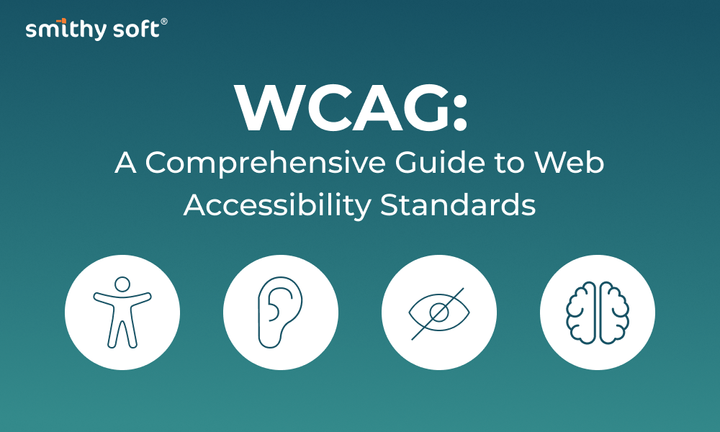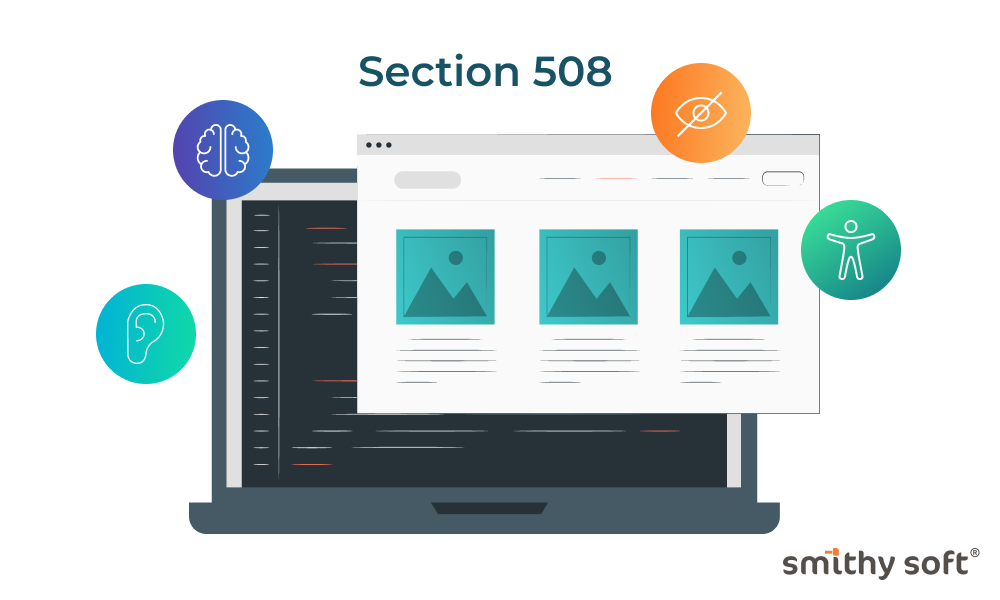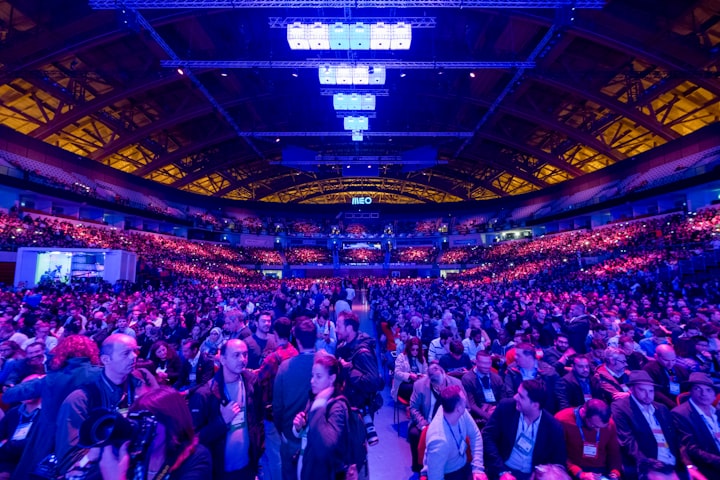10 Psychological Tips to Boost Sales

Harvard Business School professor Gerald Zaltman claims that 95% of our purchasing decisions occur in the subconscious. But how can a marketer tap into the subconscious? By engaging with human psychology.
No modern business can thrive without the skills of sales psychology. The market is saturated with a vast array of products, services, and job offerings. Simply presenting your product won't impress anyone. Therefore, you won't sell it to anyone. Nowadays, all advertising campaigns don't openly sell a product; they try to offer people opportunities, status, and feelings they can gain by making that purchase.
Sales psychology, in essence, is manipulating a person's internal needs. Today, we'll teach you the first ten techniques for this "manipulation."
Tip 1: Remember the Law of Least Effort
People are lazy, and customers especially so. They constantly choose the path of least resistance, the easiest way to do something. Therefore, if your product seems too complicated for them to use, it can negatively affect the conversion rate.
Complexity or simplicity is a very relative concept. So, when preparing your product for sale, you should think of it from the customer's perspective: What would you (as a customer) be enticed by, and what would discourage you from this product?
Here are a few examples of what potential customers might perceive as complexity:
- The customer can't immediately find what they want.
- Very long manuals or too many conditions to adhere to.
- An intricate feedback system.
- Additional issues may arise with product terms and delivery.
- Payment or registration methods appear complicated (too many fields to fill out, lack of simplified payment methods, etc.).
To avoid complications, make the purchasing process as simple as possible.
If customers can't easily find the product they're looking for, improve the website's filtering and categorization or remove unpopular products. If customers think the product might be too complicated to use, add a short explanatory video on the product landing page to show how to use it.
Tip 2: Convenience Is More Important Than Ever
After many months of the pandemic, consumers have become accustomed to the convenience of simply ordering what they want and need and having it delivered to their doorstep. These convenience advantages haven't disappeared with the return to normal life, as people have come to appreciate the benefits of time savings, explicitness, and user-friendliness.
So, think about how can you deliver your service or product to the consumer in the most suitable way possible. Note that simplified processes apply to almost everything, including people's attention spans. Researchers have found that before the pandemic, meetings in conference rooms lasted no less than an hour, but now online meetings are almost twice as short and just as effective. Social media platforms have introduced apps for quick content scrolling because they cater to consumers' heightened desire for instant gratification.
That requires additional focus on the trend toward simplification and time-saving.
Tip 3: Emphasize Social Similarities
Studies show that we tend to buy from those we like and trust. And we trust those similar to us, even if this similarity is accidental.
Psychology actively employs the technique of mirroring: It's been proven that people are more inclined to trust those who have a similar manner of behavior or similar living conditions. So, when communicating with a client, try to mirror their speech speed, gestures, postures, and body tilts, and use the technique of "random" coincidences (shared birthdays, the same name, similar life situations, mentioning that you've been to the same city where the client lives – these things establish trust between you).
Mirroring signals your customers that you are on the same page. This simple tactic makes the prospect of investing in your product more approachable, and the client feels a stronger connection with you and, consequently, the product. Building a relationship with the client is just as important as trying to sell a product. Only through establishing this connection with the client does a sale become closer.
Tip 4: Make Use of the Subconscious
We've already discussed the tricks of emotional marketing; you can read more about it here.
However, the psychology of color is also essential. Colors evoke various emotions in people, which directly influence their purchasing decisions. Remember that 95% of our purchasing decisions happen in our subconscious mind. Therefore, using color symbolism is an excellent way of non-verbal interaction with customers.
Usually, each color is associated with many different feelings; here are just a few examples:
- Brands that choose corporate purple often convey luxury and a sense of sophistication.
- Blue develops feelings of calmness and trust. It's a color of peace and comfort. If your eyes need a break, look up at the sky, and the magic of the blue color will instantly work.
- Yellow represents the sun, optimism, and clarity, and is associated with wealth because it's linked to gold and treasures.
- Orange is a hot color, effective, showing creativity and adventure. It's bright and suitable for attracting young, initiative people.
- Red is the color of adrenaline, attention, excitement, sexuality, and urgency. This color evokes a sense of urgency and can easily make people buy. That's why red is used most often for sales and promotions.
- Green represents living nature; similarly to blue, it gives off a sense of reliability and safety. It also conveys the idea of growth.
- Technically, black and white are not colors. White is the complete absence of color, while black is a blend of all colors. However, black represents professionalism and reliability, while white symbolizes purity and virtue. This color combination creates a sense of balance. Black-and-white logos are simple, understandable, and likable. Using the black-and-white color model is recommended for testing a color logo idea: if your logo looks good in black and white, regardless of the color palette you choose, it will look great after you color it.
- Gray (metallic or silver) is used majorly as a logo color for tech companies. It's a noble and restrained color.
Tip 5: Tap into FOMO
Scarcity and urgency are powerful motivators, especially when it comes to buying behavior – think of "Black Friday." FOMO – Fear of Missing Out – is the anxiety that arises from the fear of missing out on a particular event, activity, or experience perceived as entertaining or essential.
FOMO is a potent tool because 60% of people make purchases for this reason.
People desire what they can't have, and there are various ways to leverage this psychology of scarcity. Instant flash sales are among the most effective, quickly increasing cash flow and keeping customers on their toes. You can achieve this through email marketing, advertising, or social media. You can also try and display how many items are left in stock on your website. There's more FOMO if there are only 4 items left out of 100.
Always indicate a deadline when offering a sale. Create time-limited or seasonal offers, such as during holiday marketing campaigns. Offer incentives like "The first # customer gets a gift." As evidence, show social proof with customer and expert reviews.
Tip 6: Don't Overload with Options
The more options you provide to someone, the longer it takes for them to make a choice – and they might not decide at all. Help potential customers avoid analysis paralysis, simplify their purchase decisions, save time, and offer them the optimal choice.
Providing customers or potential customers with too many options can confuse them and make them reluctant to choose or buy any products. Instead of offering all products individually, you can consider offering bundle deals with multiple products grouped.
Tip 7: Tell a Story
Instead of listing facts about the features of your product or service, tell a story emphasizing the benefit the customer will receive. Focus on the emotions and feelings the customer will experience when using it. Include details that make the story memorable and striking, such as vivid emotions, gripping characters, or thrilling plot twists. Finally, conclude the story with a call to action that encourages the customer to take the next step and purchase the product or service.
Emotions, an essential component of storytelling, have much more power to convince customers to buy a product than dry arguments.
Direct advertising loses effectiveness, especially in highly competitive business areas where similar products are being sold at the same prices. Moreover, uncompromisingly imposing any point of view triggers rejection and resistance in users. People tend to trust conclusions made on their own. That's where storytelling comes in because a bright story helps to incline a potential consumer to buy your product. However, please note that storytelling is a kind of art that requires knowledge, a creative approach, a unique vision, and practice.
Tip 8: Use Reverse Risk Language
Reverse risk language can be quite powerful. It translates the risk of purchase onto the seller, giving the buyer more confidence in the purchase and increasing the likelihood of buying.
For example, you can say, "If you don't like it, you can return it within 30 days and get a full refund." It assures the buyer that they won't be stuck with a product they don't like, increasing the chance that they'll take the risk and buy your product. Additionally, you can use reverse risk wording to highlight the product's benefits, such as "money-back guarantee" or "satisfaction guarantee." By shifting the risk onto the seller, the buyer feels safer in their purchase and is more likely to make it.
Tip 9: The Magic of Numbers
The price difference between $5.99 and $6.00 is only 1 cent, but psychologically, the buyer perceives the first amount as the lowest and most advantageous. In reality, we mainly perceive the first digit due to the "left-digit effect." Since we read from left to right, our focus is drawn to the first digit, resisting rounding up. Therefore, the far-left digit in the price is associated with the final product cost. Essentially, by pricing with the far-right number "9", you convince potential buyers that this purchase is beneficial.
Tip 10: Bonuses and Discounts Still Work
Practice confirms that bonuses work like magic spells. People are more likely to buy a printer for $200 with a $25 discount than an identical printer for $175.
Another expert in behavioral economics, Nobel laureate Richard H. Thaler, explains that it's not because $200 seems like a much more considerable sum than $175. According to Thaler, the explanation lies in the significant psychological difference between receiving a discount and not receiving one. Most people will choose to have it.
The researcher calls this the "endowment effect." He demonstrated this effect in one of his studies.
Mr. A's car was damaged in a parking lot. He had to spend $200 on repairs. That same day, he won $25 in a lottery.
Mr. B's car was also damaged in a parking lot. He had to spend $175 on repairs. Who was more upset?
Most students at Cornell University decided that Mr. B was more upset. Even though financially he suffered no more than Mr. A, he didn't win $25.
Conclusion
Studying psychology is an excellent way to improve your marketing strategy and increase sales. We've provided just 10 tips that can help you "connect" with customers, but there are many more psychological methods out there. Start with 1-2 techniques in your business and gradually add more.
Get your conversions high and higher!


